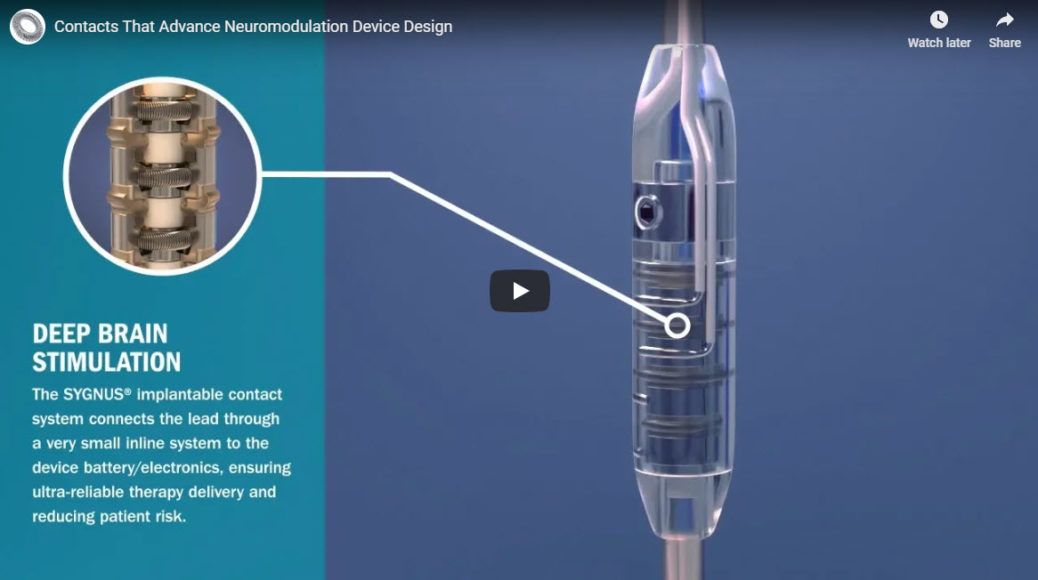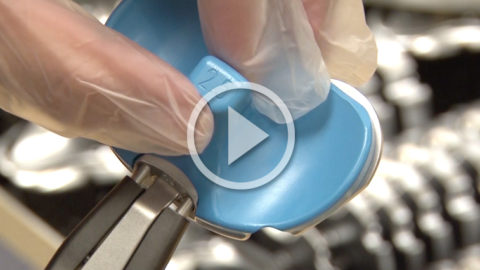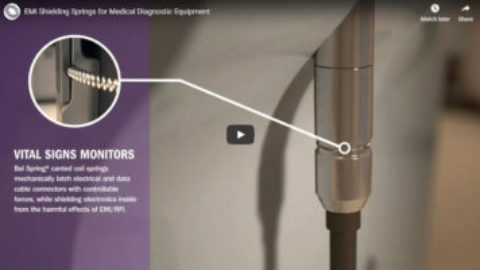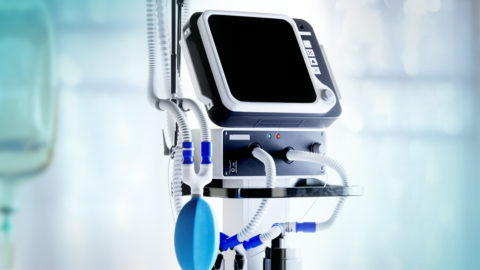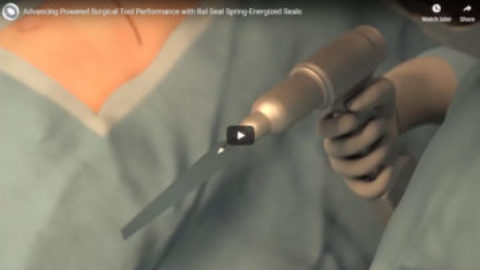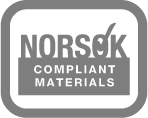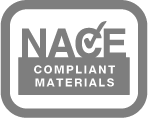In neuromodulation devices, the role of electrical connectors is critical. These tiny components serve as the interface between the device and lead, facilitating the transmission of electrical signals and the delivery of effective and reliable therapeutic interventions.
As device designers navigate the intricate landscape of neuromodulation, careful consideration of criteria for selecting electrical connectors becomes imperative.
In this blog and accompanying video, we take a deeper dive into how medical electrical connectors can be leveraged to advance neuro device design, as well as the benefits of systems – like our SYGNUS – that combine connectors and implantable-grade medical seals in a turnkey package.
Function of Medical Electrical Connectors
Regardless of their form factor and construction, medical electrical connectors are relied upon to perform two basic functions.
- Signal Transmission: Electrical connectors are the conduits through which therapeutic signals travel from the neuromodulation device, through the lead to targeted neural circuits. The efficiency and integrity of signal transmission directly influences the device’s ability to modulate neural activity.
- Mechanical Connection: Despite being primarily electrical components, connectors also serve as a means to mechanically connect a lead to a device. In device headers and inline systems, that connection requires a very low level of mechanical force – enough to retain the lead while it is secured with additional hardware (a set screw) during surgery, but not so much that it makes lead insertion difficult.
Criteria for Selecting Medical Device Electrical Connectors
Here are some factors to consider when you’re evaluating connectors for your neuro device design.
- Material Selection: Ensuring that medical electrical connectors are made from biocompatible materials is paramount. Choose materials with proven biocompatibility, such as medical-grade metals like platinum, platinum-iridium or titanium. This minimizes the risk of adverse patient reaction, and promotes the long-term stability of the device within the body.
- Precision and Size: Select connectors with a design that facilitates the smallest possible device form factor without compromising functionality. Medical device electrical connectors should offer minimum pitch to conserve valuable real estate in the header, and should allow for serial integration to accommodate multi-channel devices.
- Durability: Neuromodulation devices operate in challenging physiological environments. connectors must be durable, resisting corrosion and wear to maintain functionality over an extended period.
Implantable Connector System: Streamlining Device Design and Market Entry
Consideration of an implantable connector system, incorporating electrical contacts and medical-grade silicone seals, presents a compelling solution for device designers.
This approach eliminates the need for internal component development, expediting the design process and improving speed to market.
The advantages of implantable connector systems include:
- Reduced Development Complexity: Leveraging pre-engineered implantable connector systems streamlines the design process, allowing designers to focus on optimizing therapeutic outcomes rather than internal components.
- Faster Time to Market: By adopting pre-validated implantable connector systems, device designers can significantly reduce development timelines, meeting the growing demand for rapid innovation in neuromodulation.
- Enhanced Device Functionality: Implantable connector systems often contribute to the creation of smaller, more functional devices, meeting the evolving needs of both patients and healthcare providers.
In conclusion, understanding the critical function of medical electrical connectors and applying rigorous criteria for their selection is fundamental to the success of neuromodulation device design.
The option of implantable connector systems not only addresses these criteria but also accelerates the path to market, ultimately driving advancements in the field of neuromodulation.
